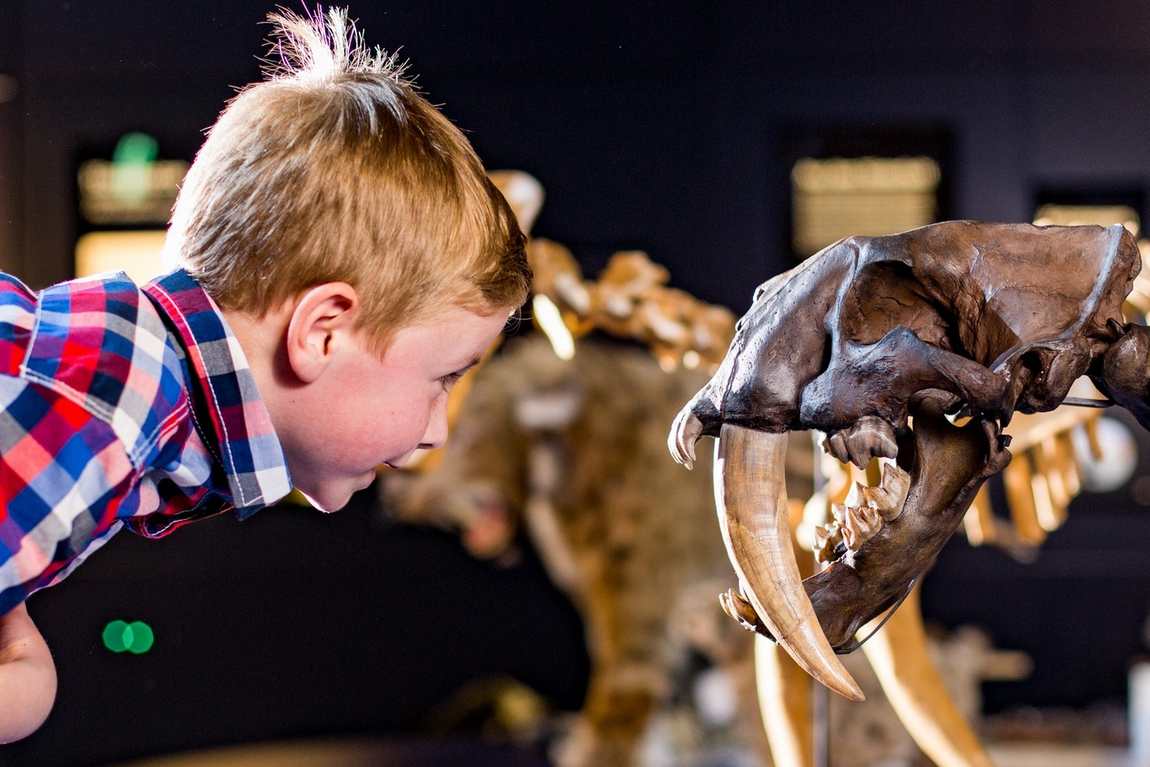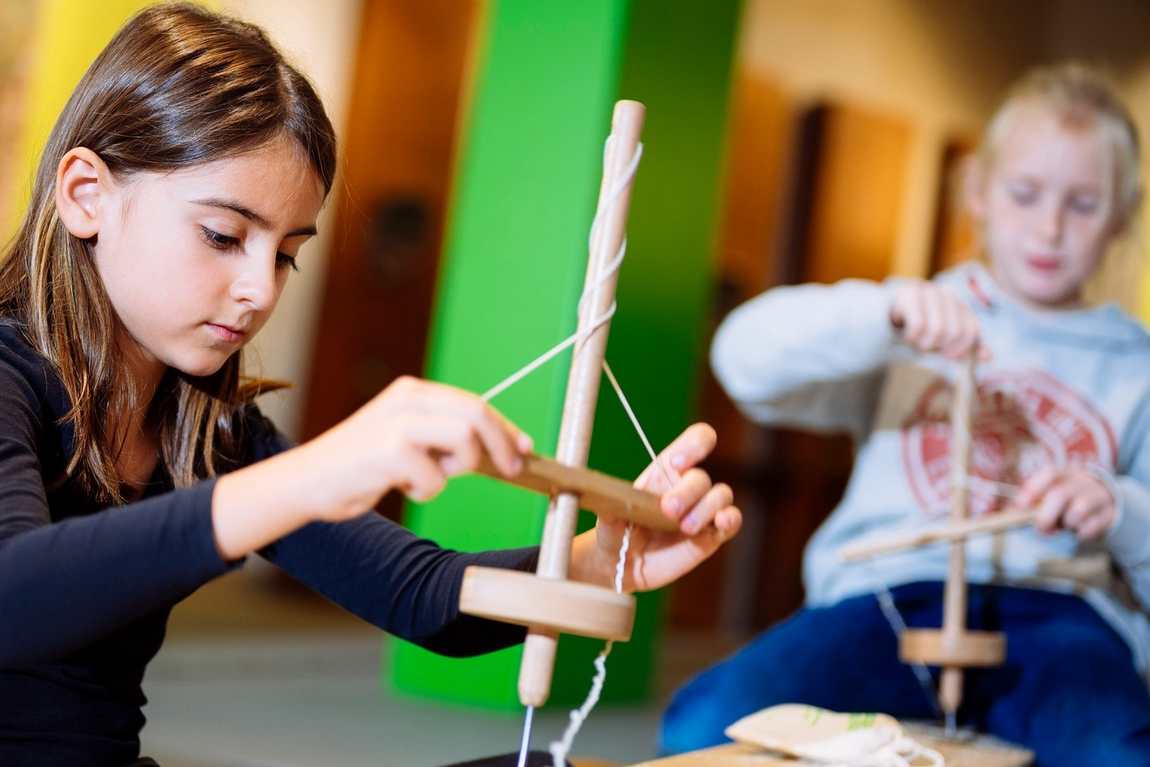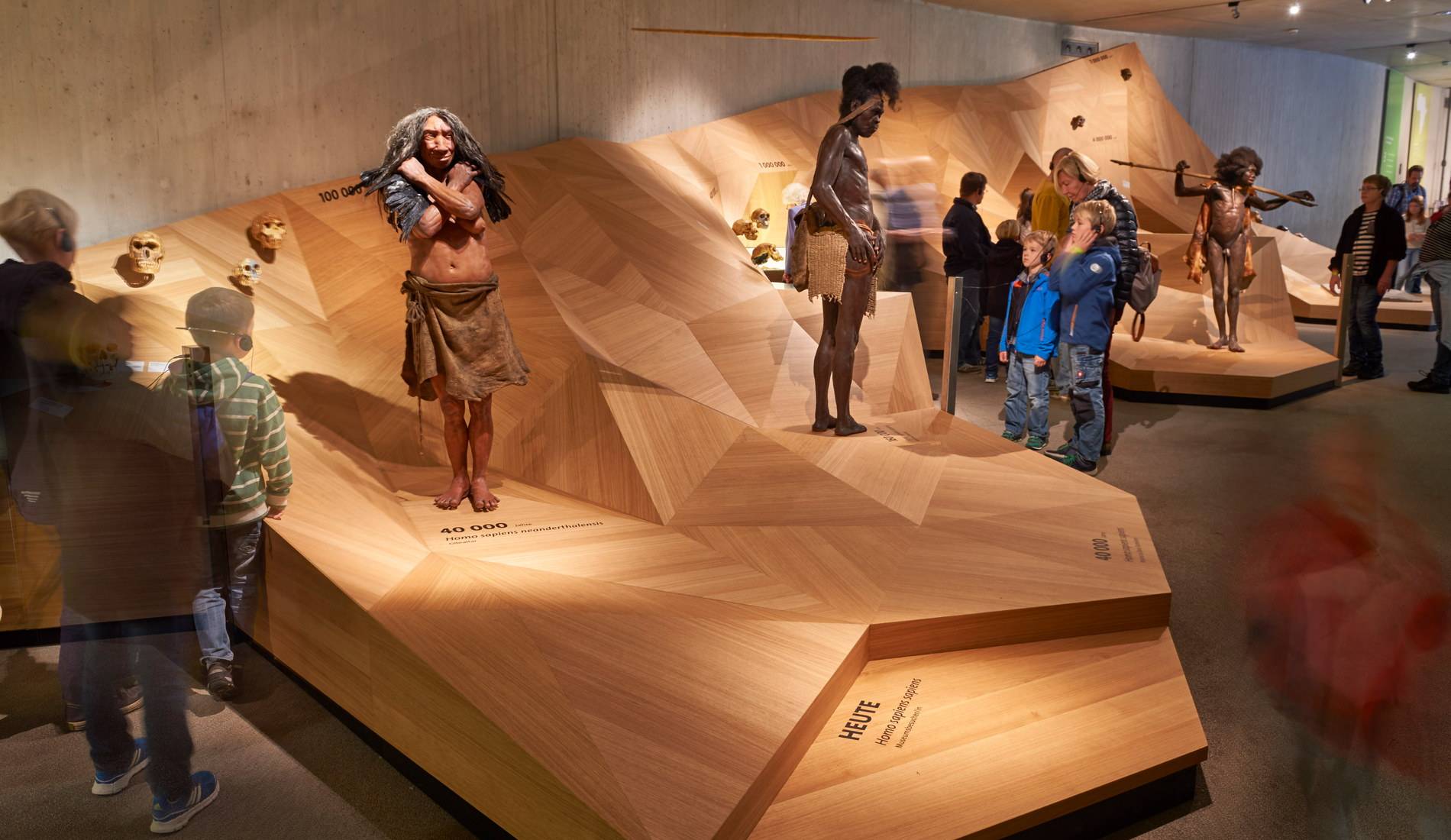The Neanderthal Museum in Mettmann, although full of scientific information, is definitely worth a visit with children. The programme is designed so that visitors of all ages can learn about how our distant ancestors lived on Earth.
And there are plenty of surprises in store for children. The Neanderthal Museum is located near Düsseldorf in the Neanderthal Valley, where scientists have discovered the remains of ancient man.

Today tourists can visit the site of the discovery and see the Neanderthal cave — it is interesting to see who has more ideas about how to build a primitive dwelling, modern man or his ancestor who lived tens of thousands of years ago. Incidentally, although the museum is not located in the cave but in an ordinary building, visitors are greeted at the entrance by a figure of a Neanderthal — not young, tired, but conquering with a good-natured smile.
Such wax figures help to give a better idea of the lives and skills of ancient people. The Neanderthal, for example, is holding a stone above his head, which not every strongman could lift, but which was commonplace for the valley dwellers.
They also had to be inventors — inventing tools, finding ways to make fires, designing clothing. Each of them knew how to make the things we are used to — knives, sewing needles, matches, glue. The evolution of these objects is vividly illustrated in the museum.


But the most valuable thing for the children is the opportunity to transform themselves into ancient people. How to start a fire by friction? What kind of animal left footprints on the path? What can be used to insulate a cave? What furs were in fashion 50,000 years ago? Together with the museum staff, children will find answers to these questions and try their hand at making primitive tools, just like the Neanderthals did.
One of the important messages the museum tries to convey is that modern man is not as far removed from his ancestors as it might seem.
The slab on which Neanderthal footprints were rubbed together with the footprints of an astronaut, the history of primitive and modern families, a man in an animal skin sitting in front of the television — such unusual exhibits help to feel the connection between the times.
Outside the museum is the Ice Age Reserve, with models of animals that lived on Earth in the past. The route is about 8 km long, and it is advisable to take a pushchair for small children.











